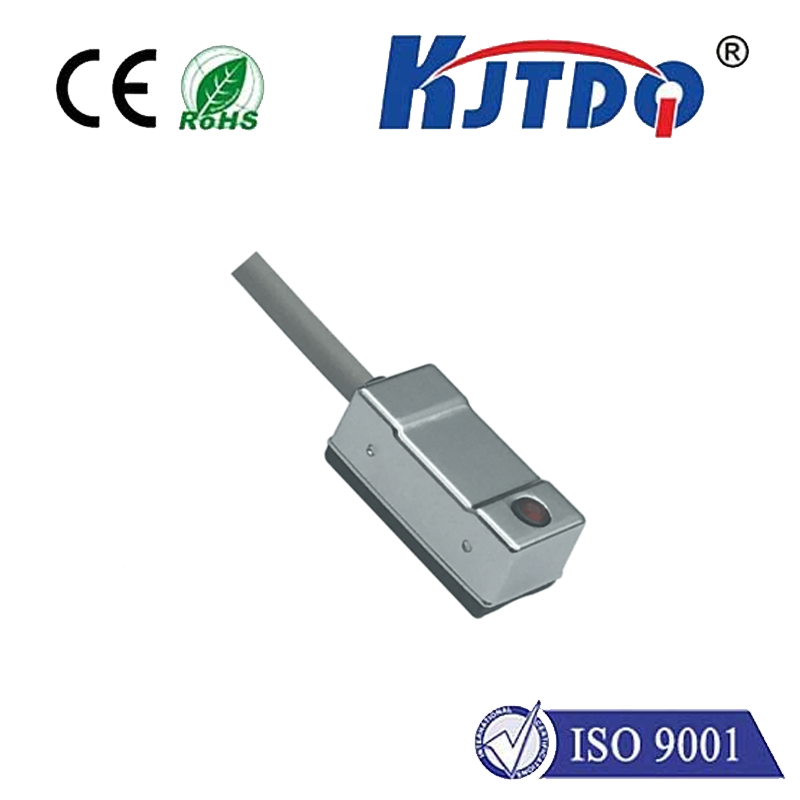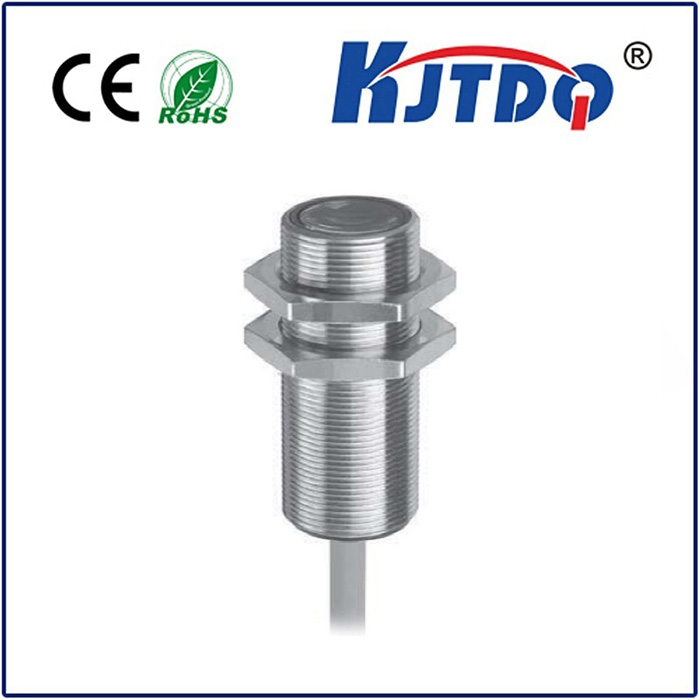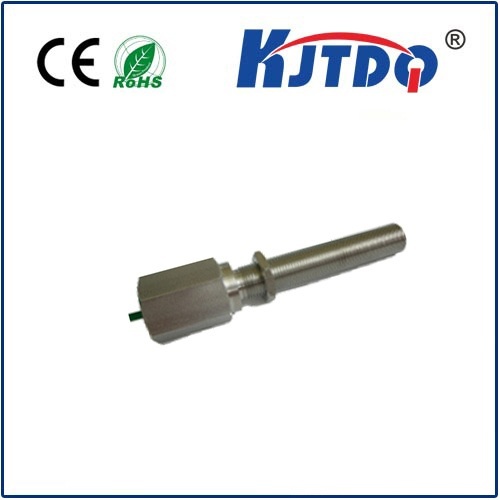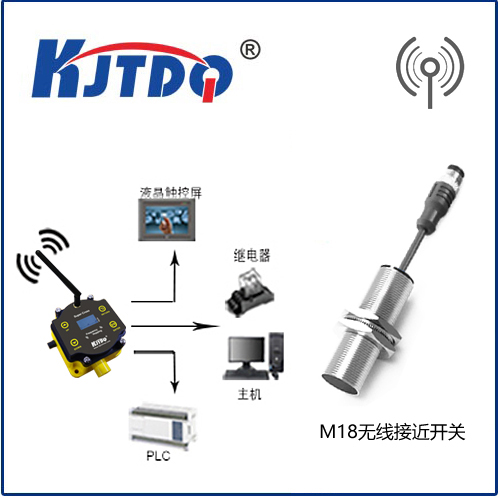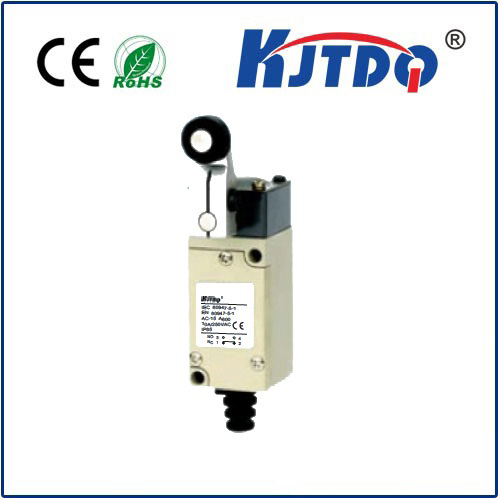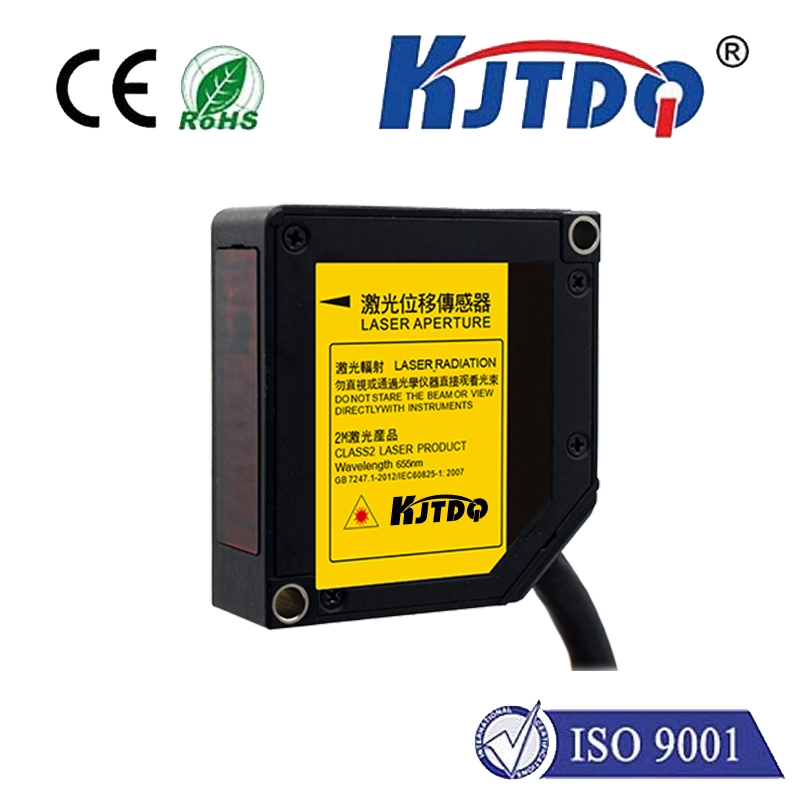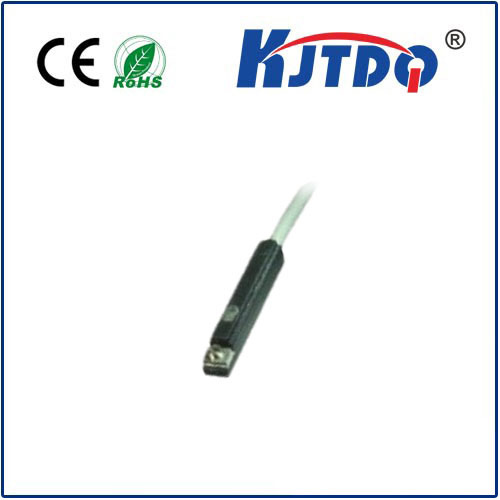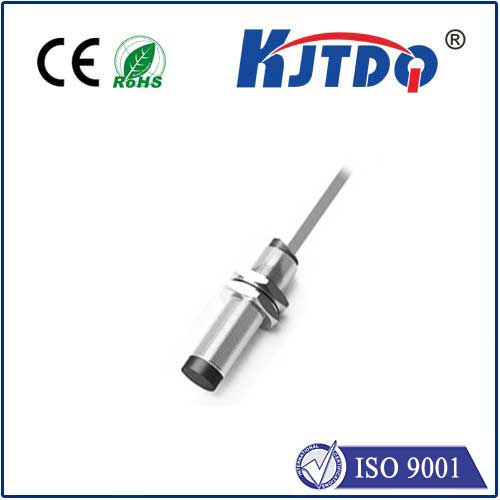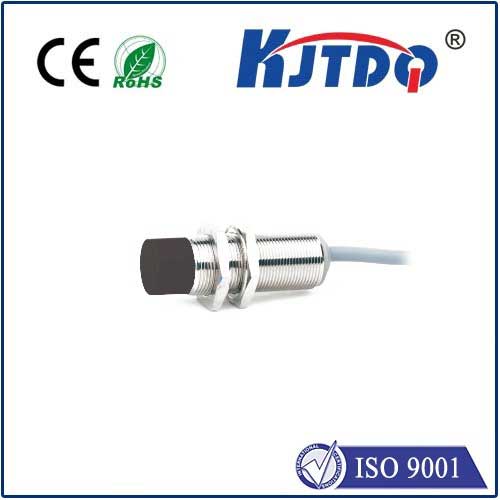Pyroelectric Energy Meters: The Future of Non-Intrusive Power Monitoring In an era where energy efficiency and sustainability dominate global conversations, a groundbreaking innovation is quietly reshaping how we measure and manage electricity: pyroelectric energy meters. Unlike traditional clamps or invasive sensors, these devices harness the pyroelectric effect—a phenomenon where certain materials generate electric charge in response to temperature changes—to monitor energy consumption without direct contact. Imagine a world where utility companies detect power usage through walls, or smart homes optimize energy in real time using infrared heat signatures. This isn’t science fiction—it’s the promise of pyroelectric technology.
At the core of pyroelectric energy meters lies the pyroelectric effect, first observed in minerals like tourmaline centuries ago. When pyroelectric materials experience temperature fluctuations—such as those caused by electrical currents in wires—their atomic structure shifts, creating a measurable voltage. Modern advancements in materials science, particularly with ceramics and polymers, have amplified this effect, enabling precise detection of even minor thermal changes. Why does this matter for energy monitoring? Traditional meters require physical contact with wires, limiting installation flexibility and posing safety risks. Pyroelectric sensors, however, operate passively by detecting the infrared radiation emitted by energized conductors. This non-invasive approach reduces maintenance costs, eliminates tampering risks, and simplifies retrofitting in older infrastructures.

The global pyroelectric sensor market, valued at $394 million in 2022, is projected to grow at a CAGR of 8.7% through 2030, driven by renewable energy integration and smart city initiatives. Key players like Murata and Texas Instruments are investing in hybrid systems that combine pyroelectric sensors with photovoltaic cells, enabling self-powered operation—a critical feature for remote installations. Emerging applications also include electric vehicle charging stations, where non-contact meters could streamline billing and prevent cable theft. Meanwhile, startups like ThermoMetrics are exploring ultra-thin, flexible pyroelectric films for wearable energy harvesters, hinting at a future where your smartphone charges using body heat.
Despite its potential, pyroelectric energy metering faces hurdles:
From reducing carbon footprints to enabling smarter cities, pyroelectric energy meters represent a paradigm shift in how we interact with electricity. As research accelerates and costs decline, this technology could soon become as ubiquitous as the humble lightbulb—proving once again that the best solutions are often those that work quietly, intelligently, and without ever touching a wire.
